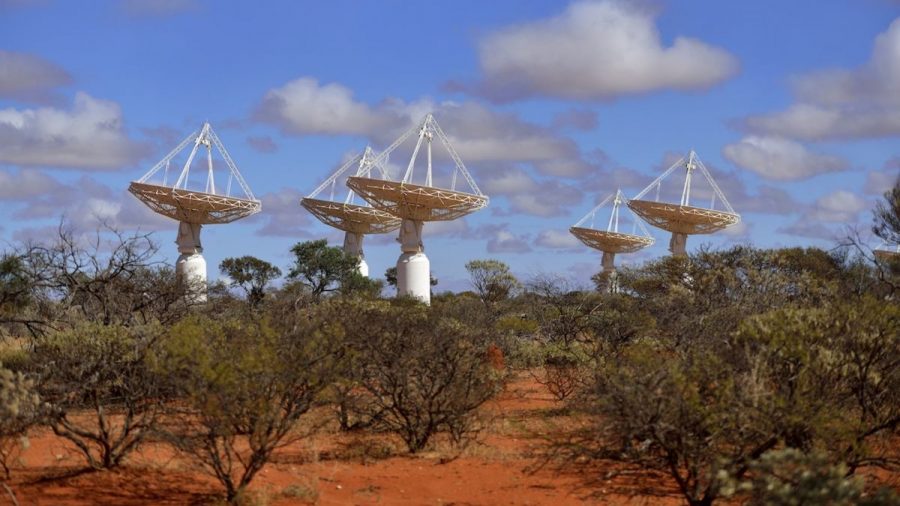New Australian Telescope
December 19, 2020
As 2020 comes to an end, Australian scientists have mapped millions of galaxies using an advanced new telescope in the Western Australia desert. BBC states that, “CSIRO, the national science agency, said its new telescope has created a new atlas of the universe”. It mapped three million galaxies in total, with pictures that showed twice the level of detail then previous telescopes, according to BBC. Astronomers hope the images will lead to new discoveries about the universe.
The new telescope was named the Australian Square Kilometre Array Pathfinder (ASKAP). This new telescope is a collection of 36 dish antennas which work together to take panoramas of the sky, according to the Commonwealth Scientific and Industrial Research Organisation (CSIRO). CSIRO also said that the telescope works by combining signals from small dishes in the telescope, which produce high-resolution images of the sky. The telescope has a wide field of view, which allows it to take panoramic pictures of the sky in high detail. The quality of the telescope’s receivers means that they only need to combine 903 images to form a full map of the sky. Other telescopes require them to put hundreds of thousands images together. The system is located in the southern hemisphere in remote outback Western Australia. It is spread across a 6km (3.7 miles) area at the CSIRO’s Murchison observatory about 700km north of Perth, according to the BBC. This new telescope can observe 83% of the sky and the telescope that can come the closest can only see 70%. This new telescope can also produce images at a fraction of the cost according to BBC.
The CSIRO’s chief executive, Larry Marshall, said, “Askap is applying the very latest in science and technology to age-old questions about the mysteries of the universe and equipping astronomers around the world with new breakthroughs to solve their challenges.” David Mconnel, who is the lead author and CSIRO astronomer, added to Marshalls statement and said, “scientists expect to find tens of millions of new galaxies in future ASKAP surveys. Astronomers around the world will be able to explore the unknown and study everything from star formation to how galaxies and their supermassive black holes evolve and interact”.
Douglas Bock, the CSIRO’s director of astronomy and space science said “If we can look at the statistics of them, where they are on the sky, and how they interact with each other, then we learn about how galaxies like our own can form and how we came to be here on this Earth, and if we look at a galaxy that is far away, perhaps 12 billion light years away, we are looking back in time. So, we are looking at the light from that galaxy that was emitted when it was only a few billion years after the beginning of our universe.” Everyone has different ideas on how the telescope is going to be used but overall Australia is excited to make scientific discoveries with it.
According to the Guardian, scientists were caught off guard at the rate of which the telescope produced the pictures. Other major world telescopes have required tens of thousands of images to put together an all-sky survey. The guardian also states that the raw data was generated at a faster rate than Australia’s entire internet traffic. Overall this telescope is going to change the way we see space.

